
Assets vs. Liabilities: The Key to Building Wealth
There’s a helpful financial principal I picked up on from an author named Robert Kiyosaki, and though I can’t say I’m on board with everything he writes about in terms of financial goals and strategies, I do find this one very useful and easy to understand.
If you’re familiar with his materials, Kiyosaki talks a lot about the fundamental goal of “getting rich” and the practice of “leveraging debt” as a primary means of building wealth. Personally, I don’t think becoming rich should be one’s underlying motive for stewarding their resources well. I’m also a little uncomfortable with the philosophy of investing on credit as a wealth-building, cash-flow-building mechanism. I understand the math behind it and think there probably is a place for what he’s talking about, but, for the average joe, I’d push all of that discussion to another day. I just mention it in the event you have read any of his books.
If there’s one principal to wrap your mind around, Kiyosaki would say the number one rule is this:
“You must learn the difference between an asset and a liability—and buy assets.”
Most people think they already know the difference between an asset and a liability. As they were taught in the simplest of terms in Economics 101, an asset is something you “own” and a liability is something you “owe.” With that understanding, the money you have in the bank and the possessions you have piling up around your house are all assets with a certain monetary value. Likewise, the note you’re carrying on your car, the mortgage you have on your house, and the balance you still haven’t paid off on your Credit Card are all liabilities. That’s one way of thinking about assets and liabilities.
According to Kiyosaki though, if that’s your definition of assets and liabilities, chances are you’re not going to get ahead financially. At least, not significantly. A few dollars sitting in your bank and the pile of junk spilling out from your closets don’t produce wealth. If anything, they hinder your ability to produce wealth.
How is that? Consider the $1000 sitting in your savings account. First of all, it’s a great thing you’ve saved the $1000, or however much you’ve saved. I believe everybody needs to have a cash reserve in the bank—I can talk about that more another day. But if a savings account is the only place you put your extra money, it does about as much good as a pirate who buries his treasure in the sand on some distant island. All it’s doing is sitting there for the day you decide to come back to get it. Some of it may even start to erode by the gradual tides of inflation.
Furthermore, if you think buying more stuff increases your net worth, just do the math on how much you’re paying (or have already paid) to afford the extra square feet to store it, or the cost of electricity to run it, or the amount of gas to fuel it, or the price of repairs to maintain it, etc. You may not realize it, but much of what you own really owns you, and what you think you paid for once at the store you’re actually still paying for in storage, usage, maintenance, and repairs.
Therefore, a better way to think about assets and liabilities isn’t to define them in terms of “owning and owing” but in terms of “gains and losses.” Or, simply explained,
“A true asset is something that puts money into your pocket, and a true liability is something that takes money out of your pocket.”
Kiyosaki argues that those who are financially successful, as a general rule, apply their dollars not on liabilities, but on assets. They don’t waste the bulk of their paycheck on things that have a draining or “costing” affect, but on things that have an accumulating or “earning” affect.
By this definition, unless steps can be taken to turn them into money makers, nearly everything you own—including your house, car, electronics, appliances, furniture, go down the list—are all liabilities, assuming they’re costing you something to have them.
So, the key is to turn what you have and where you invest your money into earners. How do you do that? It takes developing the mind of an investor, or an entrepreneur. Rather than letting the dollars in the bank collect dust (or, at best, a few pennies in interest), how can you safely invest them? Instead of treating your home strictly as a home, how can it be used as a small business? Instead of buying more knickknacks to put on the wall, what kind of products or services can you develop to earn an income by?
More could be said on various ways of applying this principal, but everyone’s situation is different. Suffice it to say, if you can learn to invest your earnings in things that generate their own earnings, you’ve created assets that build wealth instead of liabilities that drain wealth.
The person who can grasp that concept and find ways to implement it, I imagine will make great progress in their financial situation. So, remember the true definition of an asset the next opportunity you have to spend or save your money. If there’s a way to make those dollars make more dollars, you’ve just discovered the key to building wealth.
Remember, “a true asset is something that puts money into your pocket, and a true liability is something that takes money out of your pocket.”[/vc_column_text][/vc_column][/vc_row]


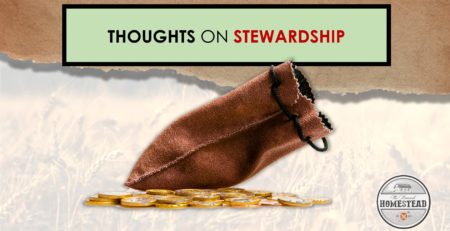
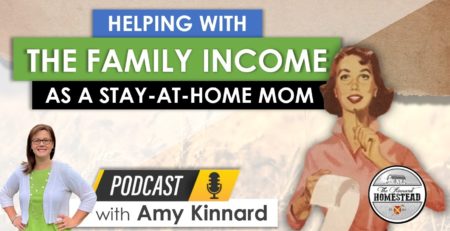
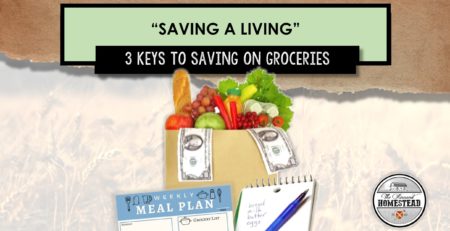
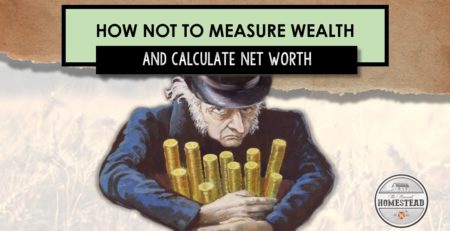

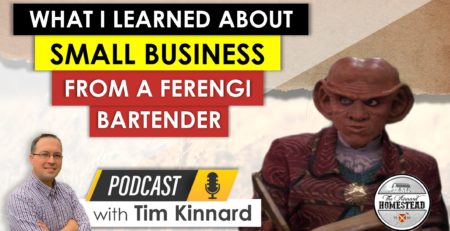
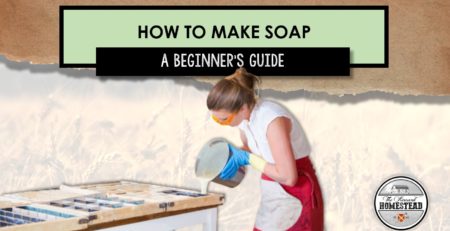



Comments (2)
Send me ypur teaching regarding assets and liabilities
If you’re looking for more information on the definition of “assets and liabilities” I discuss in this post, you might look up some of Robert Kiyosaki’s materials. He has written several books and videos. Just want to reiterate, I don’t agree with all the methods Mr. Kiyosaki advocates, but he makes some very good and interesting points that I’ve found helpful in my own financial stewardship.